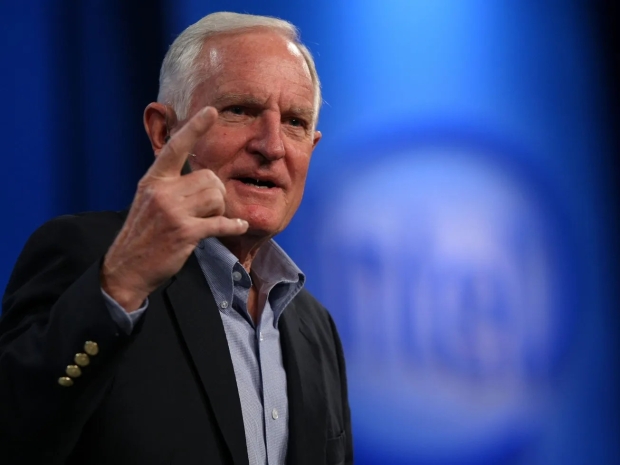Writing in Fortune Magazine, Barrett laid out a rescue plan for Intel and America’s advanced semiconductor ambitions.
He said the USA needs Intel, as Intel is the only US company capable of providing state-of-the-art logic manufacturing.
“Neither Samsung nor TSMC plan to bring their leading-edge manufacturing to the US in the near term.” He argued that domestic customers like Nvidia, Apple and Google should realise they need a second source for their flagship products to ensure price leverage, geographic stability and supply chain security.
Barrett added: “Intel is cash poor and can’t afford to invest in the capacity needed in the future to replace TSMC or even a reasonable fraction of TSMC capacity. They probably need a cash infusion of $40 billion or so to be competitive. Realistically, that investment is 100 per cent of the CHIPS Act capital grants, so it’s unlikely the US government is the saviour.”
He said the only realistic funding source is Intel’s biggest customers. “They are all cash rich and if eight of them were willing to invest $5 billion each, then Intel would have a chance.”
He dismissed current CEO Lip-Bu Tan’s suggestion of waiting for customer commitments before investing in Intel’s next-gen 14A process. “To win in this space you need to be the leader in technology, not the follower. It takes multiple years to create one of these technologies and no customer wants to sign up for something that is second best.”
Barrett argued Intel still has a technical shot at regaining leadership, citing high-NA EUV and backside power delivery, but only if it invests now. He proposed customers take equity stakes in exchange for guaranteed domestic supply and a second-source option, sweetened by tariffs on state-of-the-art chip imports.
“If we can support domestic steel and aluminium, surely we can support domestic semiconductors,” he said.
As for those “four former wise board members” still pushing to split Intel in two before customers would invest, Barrett said they were missing the point. “If you’re in the business of saving Intel and its core manufacturing strength for the USA, then solve the real problem of immediate investment in Intel, committed customers, national security.”
“POTUS and the Department of Commerce can set the stage, the customers can make the necessary investments, the Intel Board can finally do something positive for the company, and we stop writing opinion pieces on the topic,” Barrett said.

